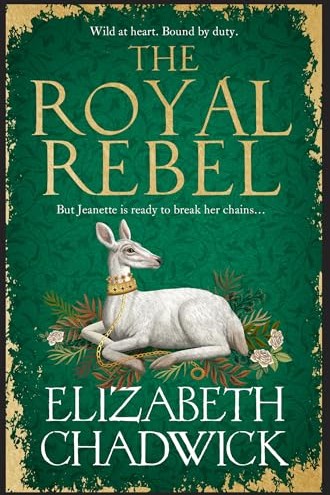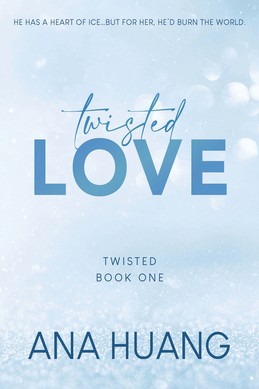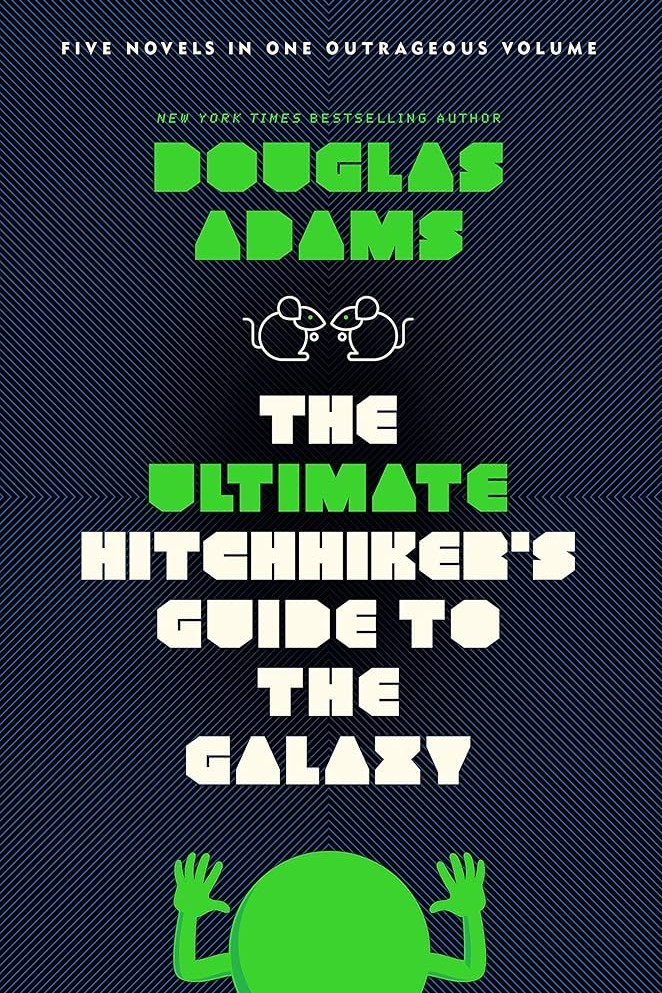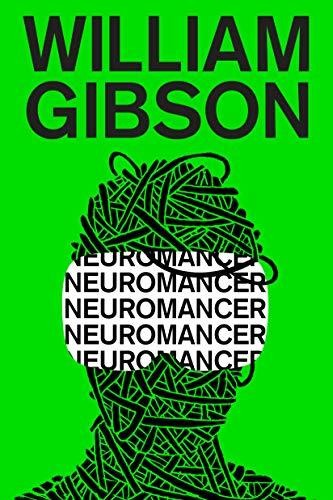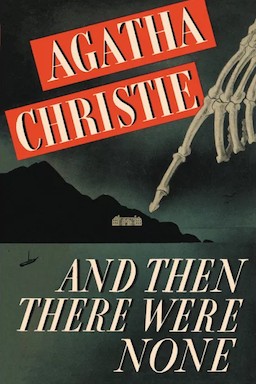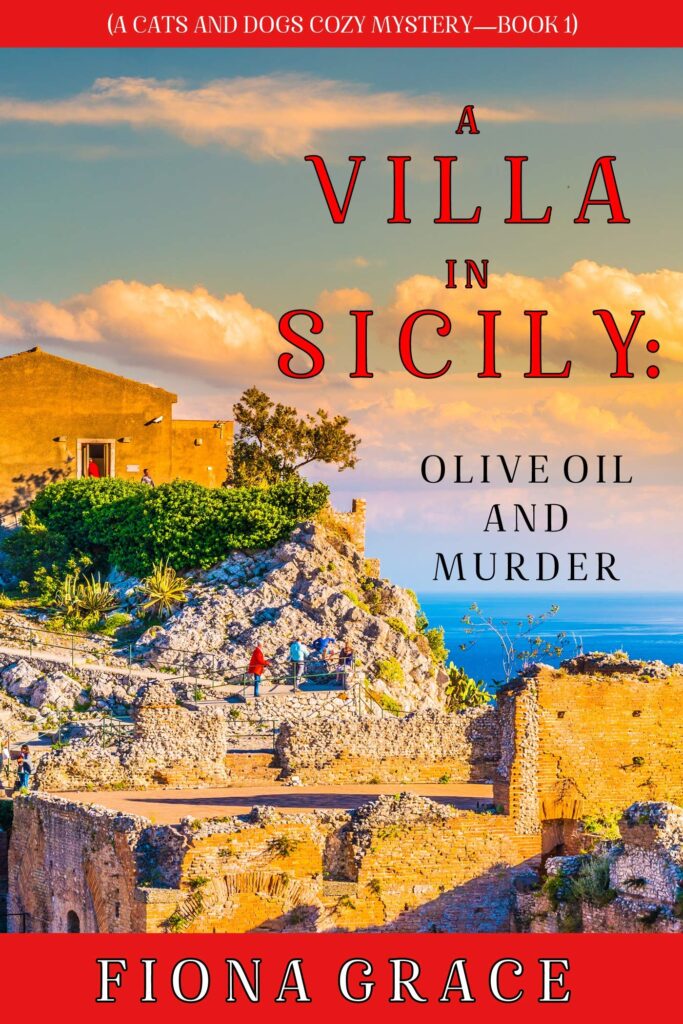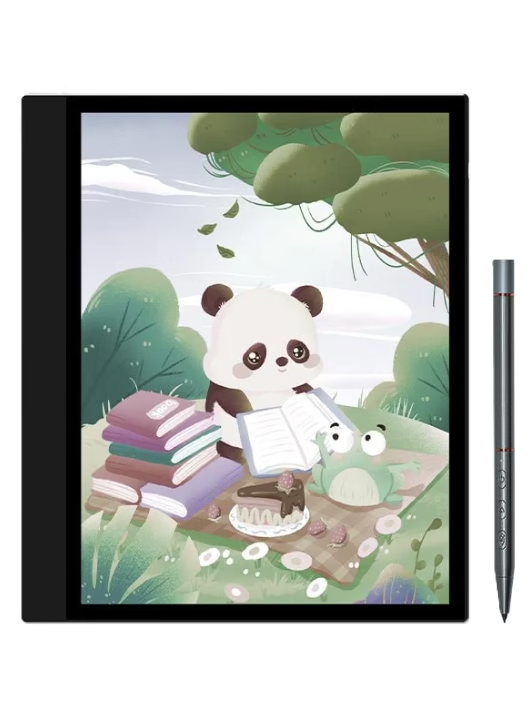What Are Genres?
Have you noticed that when you look for a book in a library, it may be under a different label than in a bookstore or an online retailer? Some people get confused about literary genres because there are multiple criteria to categorise written pieces. They can be sorted by modes (lyric, narrative, dramatic) and forms (poetry, prose). They can also be organised by formal structures, length, effect, origin, topic, and even theme.
This happens because genre is a French word that can be translated as kind, type, or category in English. It is used to group recognisable and established written items that share common characteristics, making them distinct from other categories.
Books Mentioned in This Article
We mention these books in the section about subgenres, so you can better see the differences between some subgenres.
(Affiliate links may earn us a small commission, but not always. The price stays the same for you in any case.)
Major Book Classification Systems: Academic, Library, and Commercial Standards
Different classification systems employ different criteria according to their purposes. The three most widely used today are:
The Traditional Formal-Structural Classification: This classical system categorises literature into poetry, drama, and prose, further subdividing into subgenres such as epic, lyric, tragedy, comedy, novel, and short story. It is based on form, style, and content, and is used largely by academically oriented writers, critics, universities, and journals across cultures. However, it is less adaptable to hybrid or new genres.
International library systems, such as UDC, are used globally, primarily in libraries. It organises knowledge, including literature, by numeric codes that represent subjects and genres. The UDC allows for detailed and flexible classification of literary works, including subdivisions by language, form, and thematic content, facilitating international bibliographic control.
The Book Industry Standards and Communications (BISAC) is widely used in the book industry, especially in North America. This is the system used by Kindle, Kobo, and Barnes & Noble, among other retailers. BISAC is designed to be reader-friendly as it’s tailored to the commercial book market. It includes extensive categories such as fiction genres (mystery, romance, science fiction) and nonfiction subjects, enabling bookstores and publishers to classify and promote books according to reader interests.
Advertisement: BigMe – The Best E-Ink Tablets For Reading And Note-Taking
Genres of Literature
Here, we take literature in lato sensu, as anything written for any purpose using any form of composition. Literature can be fiction or non-fiction, encompassing not only books, but also essays, biographies, speeches, and journalism.
Genres of literature group literary works based on form, style, content, and purpose. Commonly recognised genres include:
- Poetry: Expressive, often rhythmic and figurative language, including subgenres like lyric, epic, and narrative poetry.
- Drama: Works intended for performance, such as tragedy, comedy, and tragicomedy.
- Prose: Ordinary written or spoken language without metrical structure, including novels, short stories, essays, and biographies.
- Fiction: Creative and imaginative narratives like novels, novellas, and short stories.
- Non-fiction: Factual works including essays, memoirs, travel writing, and scientific literature.
- Oral Literature: Traditional forms such as folktales, songs, initiation tales, often with educational or cultural functions.
- Literary-Critical Genres: Reviews and critical essays that analyse literary works.
- Network Literature: Digital or online literary forms emerging with new media.
- Scientific and Educational Genres: Texts designed to inform or educate, sometimes overlapping with literary genres.
These genres can be further subdivided and often interact or blend, reflecting cultural, historical, and stylistic diversity, originating new groups and complex systems. One example of this is the recently developed Network Literature: although the texts can be categorised under any other existing group, works meant to be shared online or on digital devices have such distinctive features that they form their own category.
Next, we talk about genres of fiction, and clarify another source of confusion among readers, which is whether they’re the same as genre fiction.
The Difference Between Genres of Fiction and Genre Fiction
Fiction is any literature created from the imagination – not fact – even when it’s based on a true story or situation. Genres of fiction and genre fiction are related but not the same. There’s a distinction related to the commercial and literary contexts.
Genres of fiction are a broader term covering all types of fictional literature, both literary and genre fiction. It refers to the various kinds of imaginary written works based on thematic, stylistic, or formal characteristics. It includes literary fiction, along with other categories like fantasy, mystery, romance, young adult, or historical fiction.
Since literary fiction emphasises meaning, artistic expression, and thematic depth, this classification is often used in academic contexts and in content analysis to group fiction by content and style.
Genre fiction, in essence, is a subset of genres of fiction. It focuses on commercially popular and formula-driven works. It’s more commonly used by the publishing and commercial community to describe fiction that sticks to specific conventions and is produced for mass-market appeal.
Literary fiction is generally not considered genre fiction. Genre fiction prioritises recognisable tropes and formulas that cater to reader expectations.
According to current market analysis and industry trends, the most popular genres shaping today’s publishing industry are:
- Romance – Consistently the largest commercial fiction category
- Mystery/Thriller – Detective fiction and suspenseful narratives
- Young Adult (YA) – Targeting teenage readers but with significant adult crossover appeal
- Fantasy – Including both contemporary and epic fantasy subgenres
- Science Fiction – Encompassing space opera, dystopian, and speculative fiction
- LGBTQ+ Fiction – A rapidly growing hybrid category reflecting diverse voices and experiences
- Women’s Fiction – Character-driven stories focusing on women’s experiences and relationships
- Horror – From psychological thrillers to supernatural scares
- Adventure/Action – Fast-paced narratives with exciting plots and high stakes
These genres reflect current reader preferences and market demands, though their relative popularity may vary by region and publishing platform.
Advertisement: Shop the Cutiest Candle Holders You’ll Ever Find
What About Subgenres?
Subgenres provide more specific categorisation within a broader genre. They are specialised categories that allow for precise identification of a work’s particular style, content, and conventions. Every work of fiction falls into a subgenre, each with its own distinct style, tone, and storytelling approaches.
Let’s see a couple of examples. The Royal Rebel is a romance set in 1338 during the early years of the Hundred Years’ War. The character Jeanette of Kent travels overseas with the royal court for the first time, meeting Thomas Holland, a talented household knight, and despite their romance being forbidden, they marry in secret. Later, the couple face years of struggle to reunite. The Royal Rebel falls under the subgenre ‘Historical Romance’. Although also belonging to the genre romance, the Twisted series falls under ‘Contemporary’ Romance’. The author employs a formula that follows morally grey billionaire heroes and strong, independent heroines, with room for steamy and emotionally charged content, exploring themes of passion, loyalty, and overcoming personal obstacles.
Both The Hitchhiker’s Guide to the Galaxy and Neuromancer are categorised under the Science Fiction genre, but they couldn’t be more different from each other. The first follows an ordinary Englishman whose life is turned upside down when he discovers his friend is an alien researcher for a galactic travel guide. The second follows a former data thief whose nervous system was damaged by his enemies, ending his career in cyberspace. They fall under the Science Fiction subgenres ‘Humorous’ and ‘Cyberpunk’ respectively, so readers can better understand what they are about.
Finally, in the Mystery Genre, we have And Then There Were None under the subgenre ‘Traditional Detective’. The novel tells the story of ten strangers invited to an isolated island where they are murdered one by one according to a sinister nursery rhyme. A Villa in Sicily: Olive Oil and Murder is a mystery telling the story of a female veterinarian whose life takes an unexpected turn when she sees an advertisement for a $1 home in Sicily. But the whole A Villa in Sicily series is ‘Cozy’ mystery, and goes even further by adding ‘Animals’ to its subgenre classification to appear more specific and appealing to readers.
Many works blend multiple subgenres, with hybrid or completely new subgenres continuing to emerge as literature evolves. The boundaries between these categories are often fluid, with authors frequently crossing genre boundaries within a single work because literature reflects life, and life is not stagnant.
Featured Books
- The Royal Rebel by Elizabeth Chadwick (2024)
- The Twisted series by Ana Huang (2021-2022)
- The Hitchhiker’s Guide to the Galaxy by Douglas Adams (1979)
- Neuromancer by William Gibson (1984)
- And Then There Were None by Agatha Christie (1939)
- A Villa in Sicily: Olive Oil and Murder by Fiona Grace (2020)
